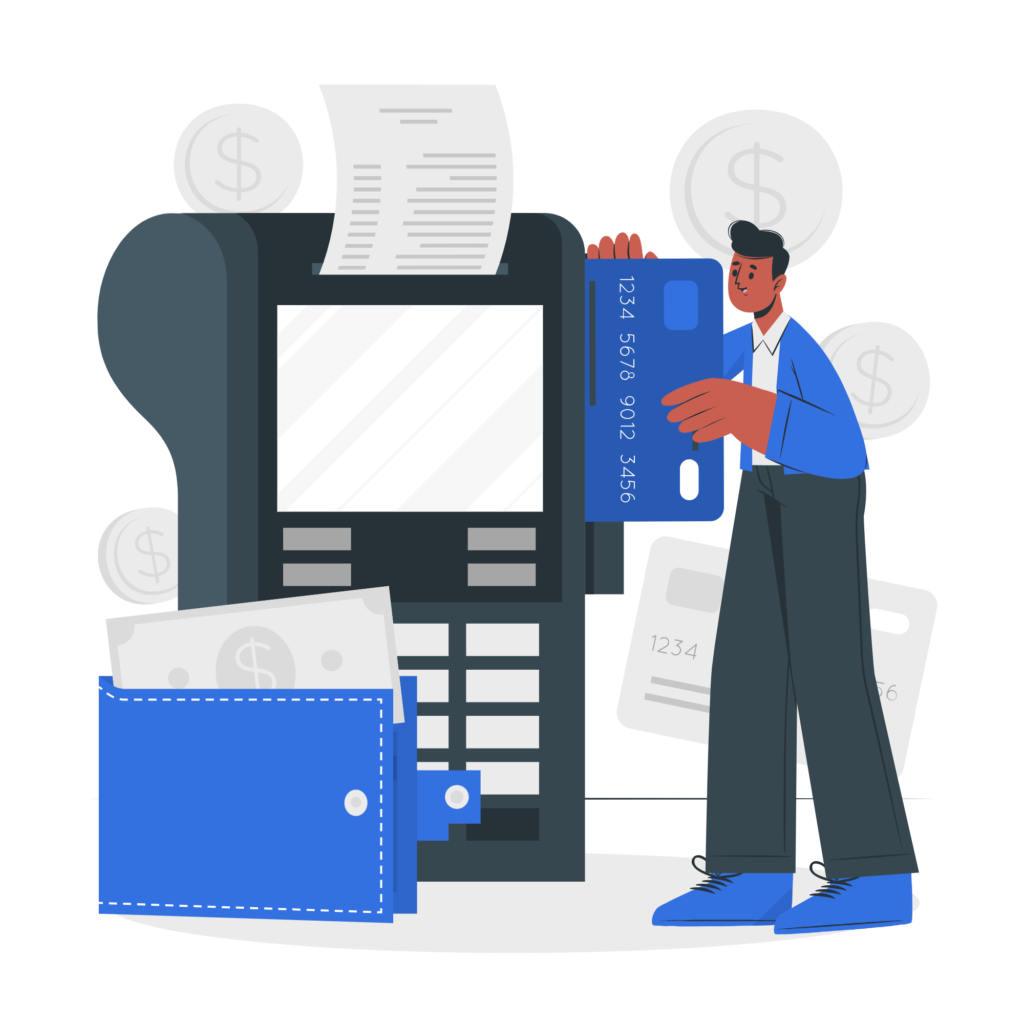
As cross-border business grows, alternate payment methods (APMs) are gaining popularity for their direct impact on the bottom line. New markets generate new revenue but also create new challenges, including offering local or regional consumers their choice of payment preferences.
Checkout.com alternate payments guide
A report from Checkout.com highlights the growth in alternate payment methods as we enter the busy holiday shopping season where as many as 60% of UK shoppers will be purchasing online.
“What’s clear after talking to more than 10,000 consumers across the UK and Europe is that the demand for APMs is growing at scale. More than half the people we spoke to had used a digital wallet in the past year. One in five had used a digital payment method for the first time, with another 30% looking to try APMs in the future. And almost a quarter had used a buy now, pay later (BNPL) option,” said Manuel Huez, VP product, Checkout.com.
Popular APMs include local credit and debit cards, bank-to-bank transfers, prepaid cards, digital wallets, buy now, pay later schemes, and vouchers. But, it’s complicated to manage!
Merchants must integrate many partnerships and navigate the differences in payment preferences from one country to another. The report said 43% of European retailers lost customers because they didn’t have the necessary payment options in place.
Pandemic pushed new payment preferences to the top of the cart
Preferred payments methods vary by country and even more so when it comes to APMs as alternatives to international card brands such as Visa, Mastercard and Amex. In many instances, APMs are the de facto way to pay. This is why they are also referred to as local payment methods.
“APM growth is driven by a few key factors, all of which have been amplified by the pronounced shift to digital over the pandemic. First, there’s convenience and security. Most APMs exceed both these expectations since they’re integrated into the online shopping experience and use digital wallets and biometric payment methods,” said Huez.
Shoppers expect to be able to buy from almost anywhere at almost any time, and APMs make that possible.
For merchants, APMs may come with lower transaction costs in some of the new payment channels. It’s also about reaching new customers and growing sales by a combination of enabling more popular local payment choices for each market as cross-border shopping grows.
There’s also potential for reducing cart abandonment, enhancing convenience, and responding to the tsunami of change in customer buying and payment preferences.
Preferred ways to pay vary hugely
Huez says many merchants were caught off guard by just how many consumers wanted to use different payment methods. This is especially true for businesses that suddenly saw demand from new, overseas markets. “A full 40% of retailers said they weren’t prepared with
the right payment option to service these customers resulting in lost revenue. The issue was localization: 68% of e-commerce merchants do not yet offer local payment methods in every country they serve.”
In the Middle East/North Africa region, offering alternative payment methods is becoming
mission-critical for businesses. Checkout.com research found 60% of e-commerce consumers preferred to pay digitally – a 20% increase since last year. “We see a lot better traction there with localized payments, such as mada in Saudi Arabia and Qpay in Qatar,” he noted.
Checkout.com found in Poland, customers want to pay using Przelewy24, PayU, Dotpay, tPay, eCards or BLIK. In the Netherlands, where credit cards and the debt that they can bring have never been fully embraced, the most popular way to pay is iDEAL. In the Asia-Pacific, it’s all about digital wallets like Alipay or WeChat Pay at the checkout. Credit cards remain popular in Japan and New Zealand.
In MENA, government-backed local card schemes, such as KNET in Kuwait, OmanNet in Oman, and mada in Saudi Arabia are popular.
Source: paymentsnext.com
To learn more about Digital Capital’s alternative payment method contact us at: info@digicapital.co.uk
If you are looking for a reliable payment partner, that prioritise Client`s needs and innovative approach contact us to see how we can help your business thrive.

Digital Capital Ltd is a company registered in England and wales {No. 10222334}. Digital Capital Ltd is authorized by the Financial Conduct Authority under the Electronic Money Regulations 2011, Firm References 900710.
© All rights reserved by Digital Capital